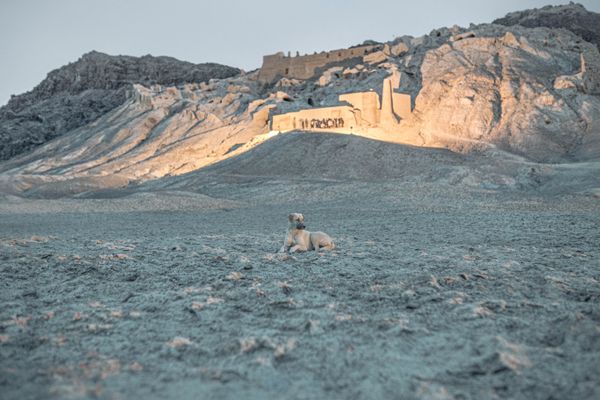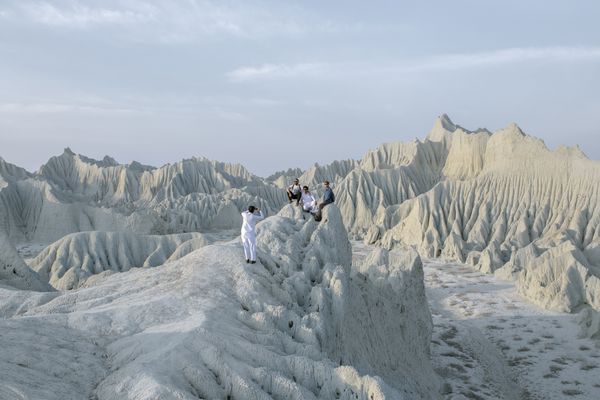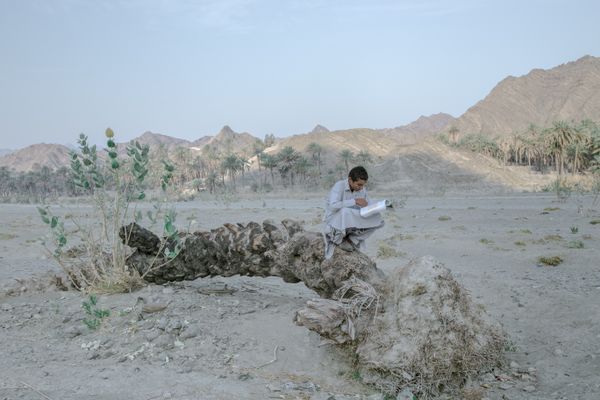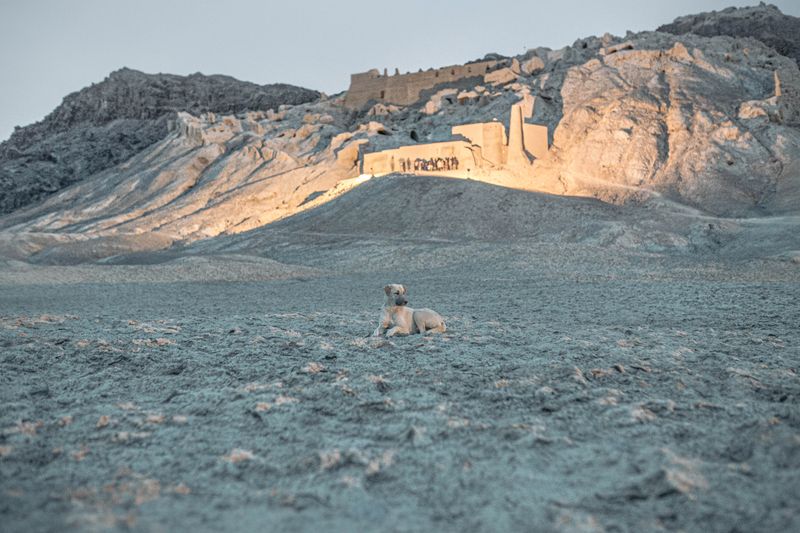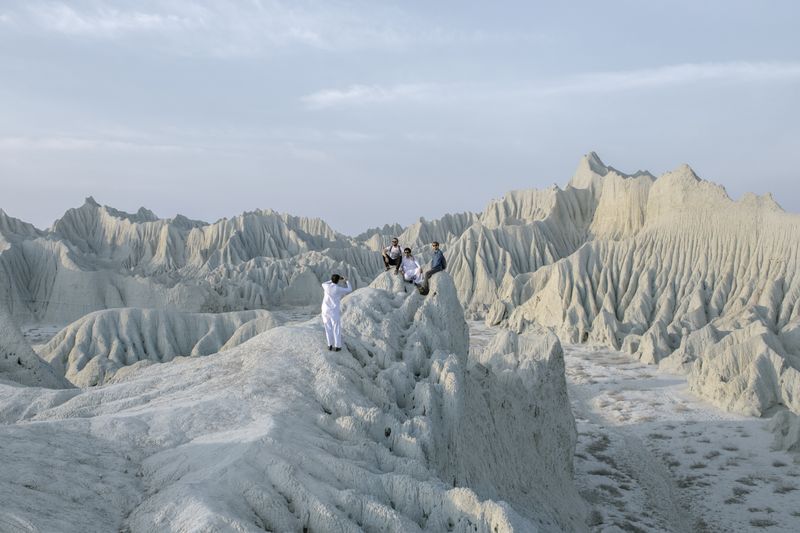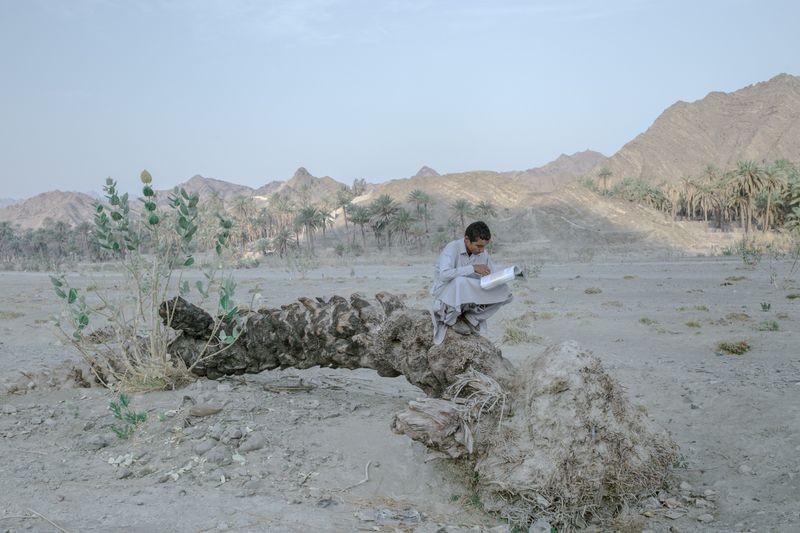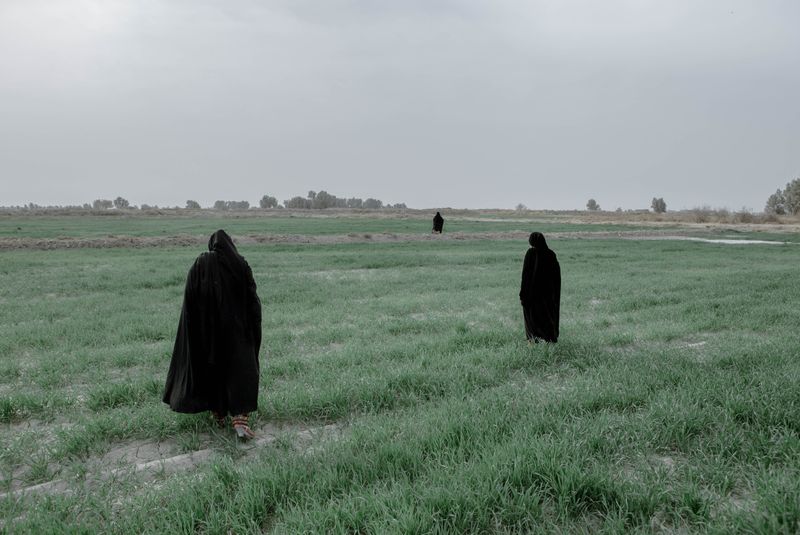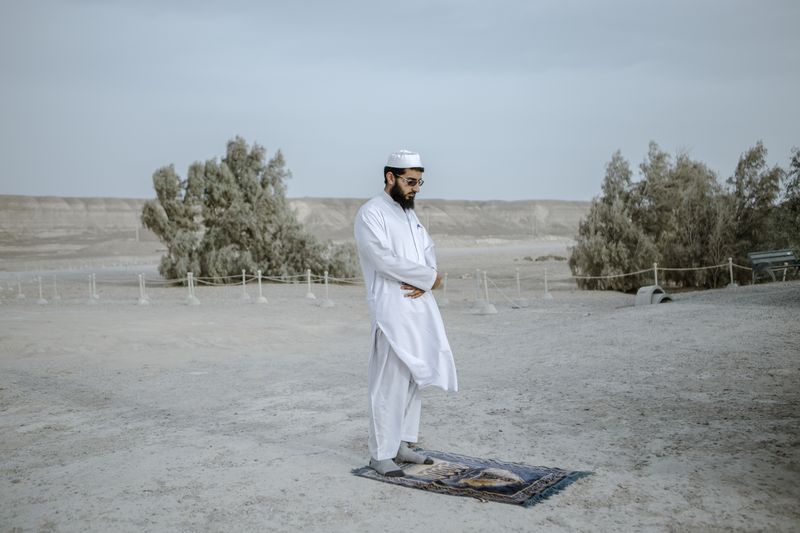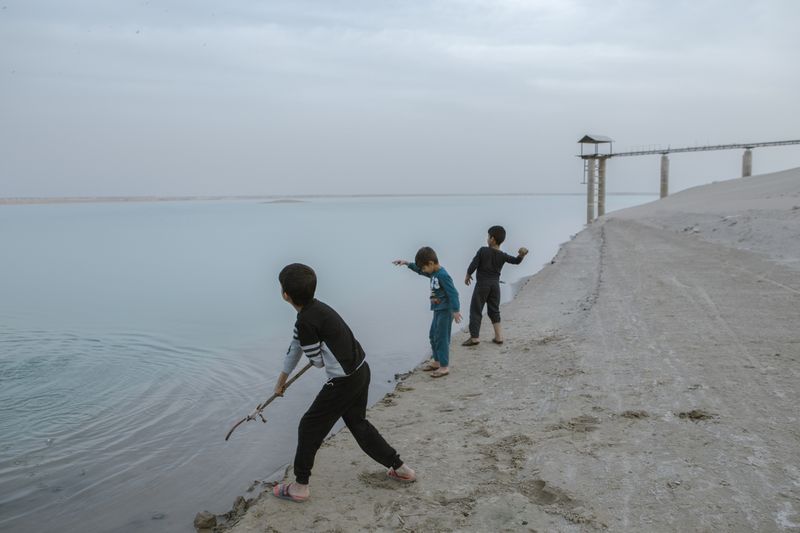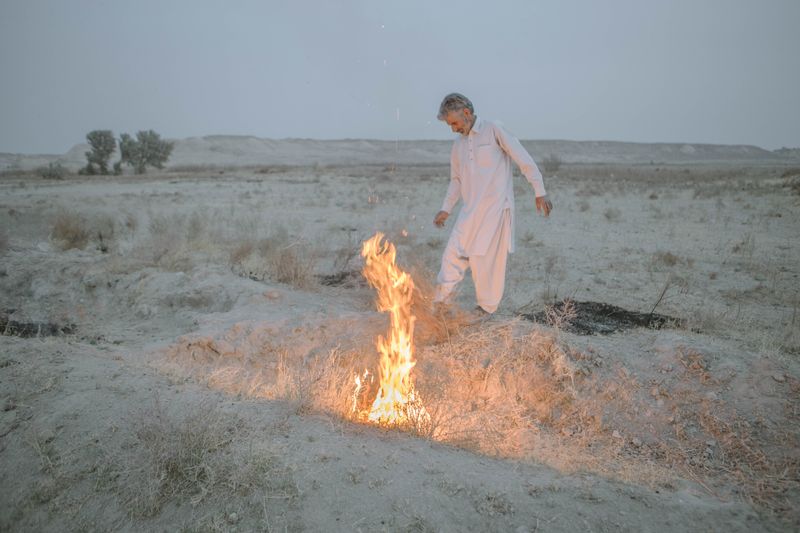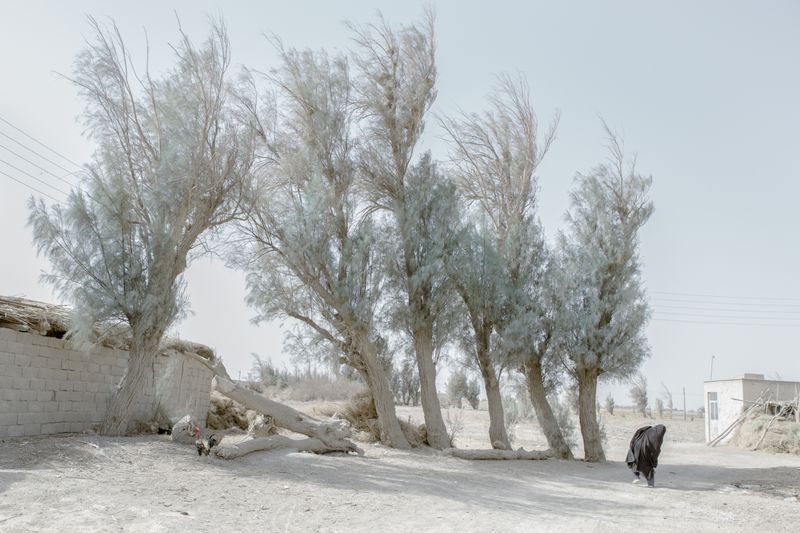The Untold Story of Iran's Water Crisis
-
Published13 Jul 2020
-
Author
Photojournalist Solmaz Daryani explores the environmental, social, and economic devastation wrought by desertification in the south-east region of Iran as once fertile lakes and rivers become irreversibly degraded.
Photojournalist Solmaz Daryani explores the environmental, social, and economic devastation wrought by desertification in the south-east region of Iran as once fertile lakes and rivers become irreversibly degraded.
Iran is suffering from a socio-economic drought, where water demand exceeds the natural water supply. My country is facing a severe and protracted water crisis, and desertification as lakes and rivers once-fertile become barren. On July 2018, Iran's Interior Minister warned that the water crisis in the country is becoming a "big social crisis" and climate migration could change Iran's face by five years.
The Hamoun wetlands in Sistan-Balouchestan strategic province in the south-eastern of Iran, are transboundary wetlands on the border of Iran-Afghanistan were one of the world's important wetlands under the Ramsar Convention in 1975 and the biggest freshwater lake in Iran's plain. The wetlands turned to a sea of sand in recent 15 years due to drought, climate change, poor water management practices, Iran-Afghan conflicts over Helmand River and the construction of large dams on the River for poppy cultivation in Afghanistan.
The Hamoun once covered an area of 4,000 square kilometres and held communities reaching back to 5000 years is an environmental calamity. My project aims to focus on water crisis, climate change in the south and south-east of Iran to demonstrate environmental, economic, and social impacts of drought that happened in recent years.
Sistan-Balouchestan strategic province bordered with Pakistan and Afghanistan is the largest Iranian province with a population of 2.5 million. Life in Sistan-Balouchestan province strongly depends on the water of Hamoun Lake and wetlands fed by the Helmand River that which travels for 1,100 kilometres to flow into the Hamoun from Afghanistan. In the last three years, about 30% of the people in Sistan-Balouchestan have migrated to the suburbs of other cities due to Drying up of Hamoun Lake and Water crisis. Empty borders will affect the security of the borders between Iran and Afghanistan, which will create the possibility for the transit of smugglers, terrorists and drug gangs.
To feel and believe water crisis, climate change and drought, you have to see it. 'It's unreasonable to think that humans can destroy nature, animals, and ecosystems and not believe that it can happen to them. My project's audience is people in/out of my country who Some of them have never thought of water crisis before or have experienced water crisis effects but for various reasons resist connecting with it. By covering and telling stories, I want to raise awareness of the subject to change public attitudes.
Words and Pictures by Solmaz Daryani.
--------------
Solmaz Daryani is an Iranian photographer and photojournalist. Daryani studied computer science in Iran, emerging from school with a B.A. in software engineering. Her work is particularly known for exploring the themes of Climate security, climate change, water crisis, human identity and environment. Find her on PHmuseum and Instagram.
---------------
This feature is part of Story of the Week, a selection of relevant projects from our community handpicked by the PHmuseum curators.
